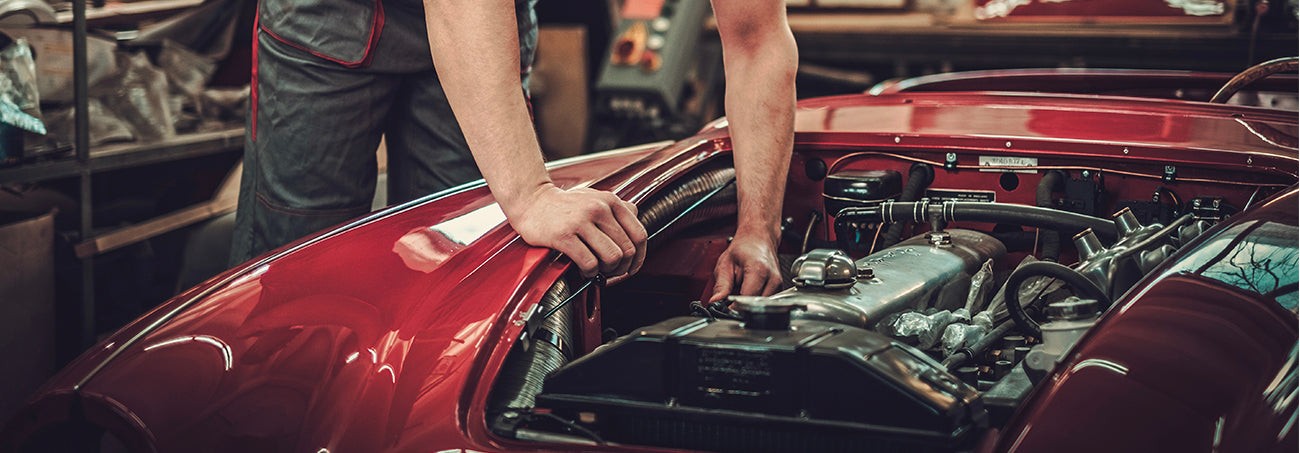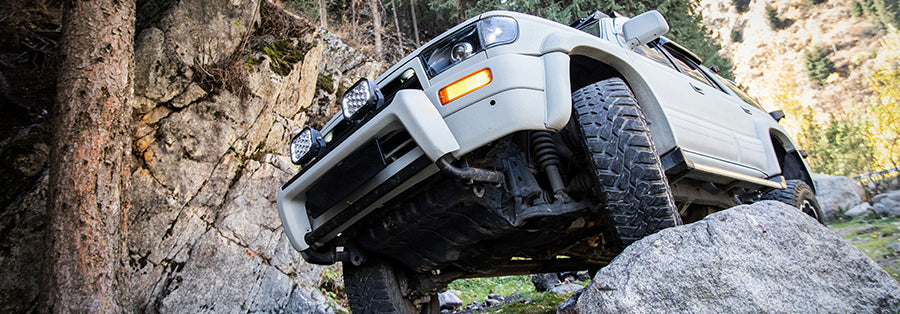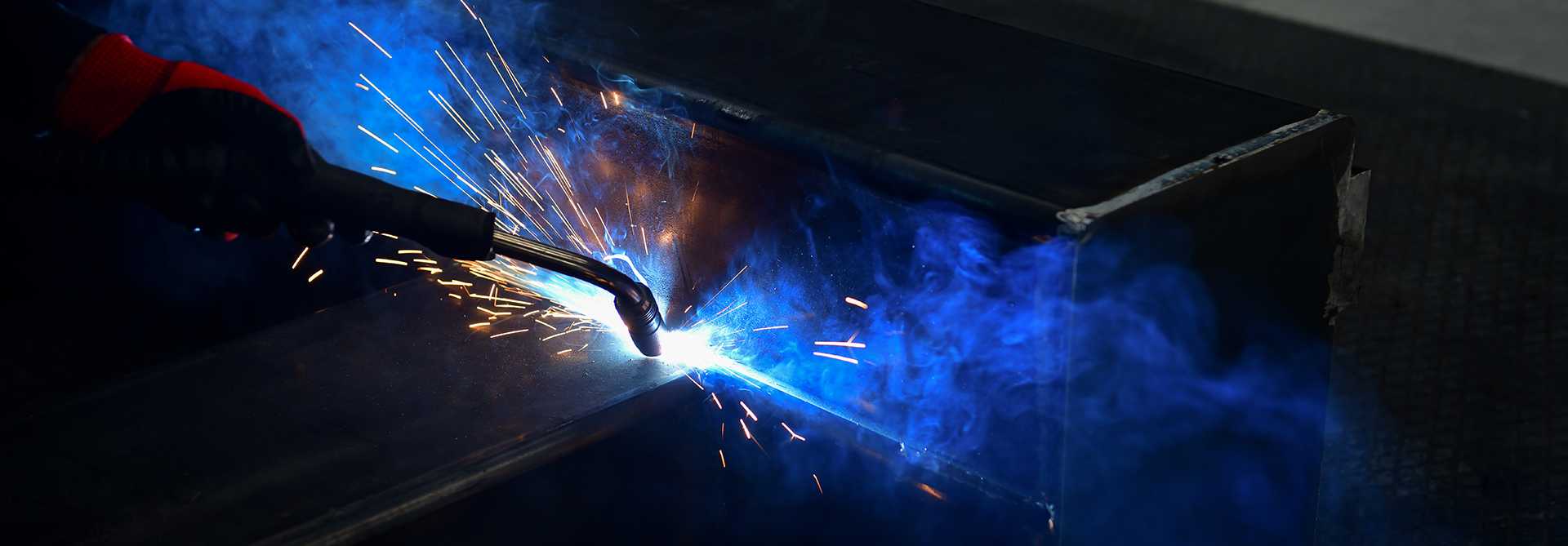When it comes to restoring a classic car, your vintage vehicle is your baby. And just like raising a baby, there’s gonna be a whole lot you’ll wish you would have known beforehand. But unlike a baby, you won’t go to prison for making a major mistake on your car. While this article is quickly becoming an argument about why classic cars are better than children, its main purpose was supposed to tell you how to avoid the most common classic car restoration mistakes.
After all, restoration is supposed to be something you enjoy. But your levels of happiness will only outweigh your frustration if you have the right knowledge and equipment to succeed. And that is exactly why these tips will be so helpful with your next restoration project.
1. Don’t Let Your Eyes Get Bigger Than Your Stomach
The #1 most common mistake for classic car owners is catching the bug. Once you’re hooked, it’s hard to stop thinking about all the cars you’d like to restore. At the same time, it’s easy to catch yourself browsing through hundreds of junkyard classics at prices you seemingly just can’t miss. The result can be a yard full of classic car husks, but not enough time to work on them all.

The solution is simple: First, be picky on the car you decide to go with. This might feel like a contradiction with point #2 later on, but what we mean is that you shouldn’t settle for a make and model of car that won’t motivate you to finish your restoration completely.
Second, once you have the car you’ll be restoring, stick to it. If you keep running into delays, like long shipping times for welding equipment, go with a company like Weld My Ride instead. You can get the best prices with fast shipping and unbeatable customer service.
Use Your Welding Skills to Your Benefit
Rust and damage to the body and frame of a classic car can really eat into its value. These repairs can be tedious and time-consuming, meaning your average Joe is often much less eager to take on such challenges. If you’re looking to restore a classic car on a budget, you can often go with a vehicle that’ll require more bodywork, knowing you’ll be able to make the repairs yourself.

That being said, bodywork can seriously suck. Even though a lot of older cars are built like tanks compared to our modern vehicles, they generally still use thin sheet metal for the panels which can be tricky to weld. Often, there’s also a fair amount of body filler and sanding required (on top of welding) to get a patch fully repaired and looking good. If you’re struggling with panel repairs, check out our in-depth guide here.
Do The Engine Work Last
Depending on your personal process, this point might be more or less applicable. However, it’s very common for automobile welders to feel overwhelmed by the bodywork required during a restoration and instead begin ordering new parts for the engine.
What can often happen is that the fairly expensive engine repairs and improvements will be done first, and then the engine will simply sit in your garage. This means it’s more likely to be damaged and covered in dust and dirt while you’re focused on the bodywork.

While the engine of a classic car will always be its beating heart, 90% of people who see your vehicle will only pay attention to the bodywork and paint job. Unless you’re looking to build a drag racing sleeper car, take the time and energy required to restore the body of your car in a way you’ll be proud of.
Weigh the Benefits of Learning to TIG Weld
Look, there are guys who’ve done some incredible car welding restorations with a stick welder. For many welders, they’re simply much more experienced with MIG or stick, meaning the idea of learning TIG is both daunting and often doesn’t return immediate results. Because TIG can be a more complex process, your early welds will often look like a bird with diarrhea on a hot day in July.

However, one major benefit that TIG welding can have when it comes to classic car restoration is that TIG, in most cases, requires less heat to produce a quality weld. As we mentioned, a lot of cars use thinner metal panels which can easily warp if too much heat is applied. With a MIG machine, you often have to do quick tack welds for no more than a second and then allow your panel to cool down. This can make panel repairs a slow process. Especially when a foot pedal is used, TIG welding can have some major efficiency and quality benefits when it comes to classic car restoration.
Again, the hard part is that TIG takes time and practice to become efficient and confident in. Also, having quality equipment you can trust is critical. If you’re wondering about TIG welding, make sure to check out Weld My Ride’s top TIG and multi-process machines.
For more tips and tricks on how you can control your warpage and heat with any welding process, check out our in-depth article here.
Nobody enjoys making mistakes. And at the end of the day, isn’t the purpose of restoring a vehicle for your own enjoyment? By following these tips and having the right equipment for the job, you’ll find that your personal happiness and the overall quality of your restoration will greatly benefit, and your end result will be something you’re incredibly proud of.







